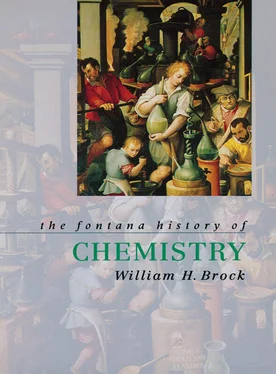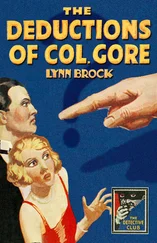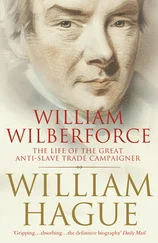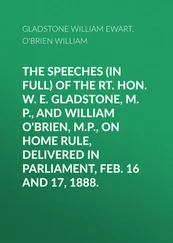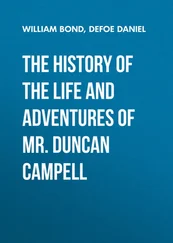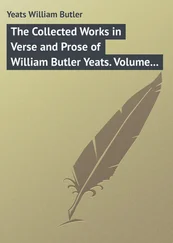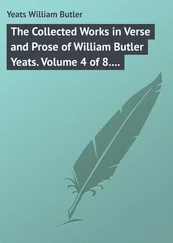He was, no doubt, acutely aware of the fact that, by abolishing Aristotelian formal causes, an explanation of the distinction between chemical species was lost. Gassendi’s solution, which Boyle followed, had been to introduce ‘seminal virtues’ or seeds, ‘which fit the corpuscles together … into little masses [which] shapes them uniformly’. Boyle’s experiments on variable crystalline shapes produced when the same acid was reacted with different metals enabled him to argue that each acid, alkali and metal had its own specific internal form or virtue, which could be modified in the presence of others. Here Boyle found the earlier idea of medieval minima and mixtion useful since, unlike physical atomism, it tried to explain combination by more than physical cohesion alone. As previously noted, another way forward, represented by Descartes, was to explain form geometrically by attributing chemical significance to the shapes of the ultimate physical particles. Descartes’ three elements came in three shapes, irregular, massive and solid, and long and thin. Although there was an obvious analogy with Paracelsian sulphur, salt and mercury, Norma Emerton has also noted the parallel with contemporary Dutch land drainage schemes in which a framework of sticks interleaved with branches was covered with stones to form a terra firma. For Descartes, therefore, composition (mixtion) and the new form was caused by simple entanglement.
BOYLE’S PHYSICAL THEORY OF MATTER
Boyle used to be dismissed by historians of chemistry as only a critic, but this is certainly not the tenor of his work as a whole. He was an extremely prolix, rambling and, by today’s standards, unmethodical writer who published some 42 volumes. He adopted a Baconian method towards his scientific activities, and this was often reflected in the apparently random method of composition, which never allowed him time to write a comprehensive treatise on chemistry. We know that his manuscripts were delivered to the printer in bits and pieces, always behind schedule, and full of addenda and ‘lost experiments’ from previous research projects. It is small wonder, then, that Peter Shaw, Boyle’s eighteenth-century editor, found it necessary to apologize to readers for the lack of system in Boyle’s collected works:
But as Mr Boyle never design’d to write a body of philosophy, only to bestow occasional essays on those subjects whereto his genius or inclination led him; ‘tis not to be expected that even the most exquisite arrangement should ever reduce them to a methodical and uniform system, though they afford abundant material for one.
Despite Shaw’s defensive remark, there was in fact a system in Boyle’s ‘ramblings’. Elsewhere Shaw himself identified it when he referred to Boyle as ‘the introducer, or at least, the great restorer, of the mechanical philosophy amongst us’. This claim that Boyle had restored the mechanical philosophy had first appeared in one of Richard Bentley’s Boyle lectures, or sermons, several years earlier.
The mechanical or corpuscular philosophy, though peradventure the oldest as well as the best in the World, had lain buried for many ages in contempt and oblivion, till it was happily restored and cultivated anew by some excellent wits of the present age. But it principally owes its re-establishment and lustre to Mr Boyle, that honourable person of ever blessed memory who hath not only shown its usefulness in physiology (i.e. physics) above the vulgar doctrines of real qualities and substantial forms, but likewise its great serviceableness to religion itself.
By the mid seventeenth century there was no longer any conceptual difficulty involved in the acceptance of minute particles, whether atomic or (less controversially) corpuscular, which, though invisible and untouchable, could be imagined to unite together to form tangible solids. No doubt the contemporary development of the compound microscope by Robert Hooke and others helped considerably in stimulating the imagination to accept a world of the infinitely small, just as the telescope had banished certain conceptual difficulties concerning the possibility of change in the heavens. If only Democritus had a microscope, Bacon said, ‘he would perhaps have leaped for joy, thinking a way was now discovered for discerning the atom’.
Boyle’s corpuscles were neither the atoms of Epicurus and Gassendi, nor the particles of Descartes and the Cartesians. They were at once more useful and more sophisticated than either of them. Boyle’s mechanical philosophy was built on the principles of matter and motion. The properties of bulk matter were explained by the size, shape and motion of corpuscles, and the interaction of chemical minima naturalia (molecules), the evidence for which lay in chemical phenomena. Like Bacon and his fellow members of the Royal Society, however, Boyle always claimed to dislike and distrust ‘systems’.
It has long seemed to me none of the least impediments of true natural philosophy, that men have been so forward to write systems of it, and have thought themselves obliged either to be altogether silent, or not write less than an entire body of physiology.
Yet, while he disagreed with Cartesian physics, he seems to have felt that Descartes’ picture of the world as an integrated system, or whole, was a fruitful one. He agreed that there were no isolated pieces in Nature; that every piece of matter in the universe was continually acted upon by diverse forces or powers. The world was a machine, ‘a self-moving engine’, ‘a great piece of clockwork’ comparable to ‘a rare clock such as may be seen at Strasbourg’, then the engineering marvel of Europe. God was the clock-maker, the universe was the clock.
All this sounds like a ‘system’, as indeed it was. What Boyle meant by opposing systems, as such, was that they were usually based upon an a priori , experimentally indefensible set of hypotheses. They had usually been assembled from hypotheses that were not verae causae (true causes), as Newton was to call the kind of hypothesis that ought to be acceptable in natural philosophy.
We can see now why Boyle could accept a mechanical, corpuscular system of philosophy. The corpuscular philosophy was a vera causa , which could explain a tremendous range of diverse phenomena, and which could be experimentally defended. At the same time, it avoided and did away with ‘inexplicable forms, real qualities, the four peripatetick elements … and the three chymical principles’. Hotness, coldness, colour and the many secondary qualities and forms of Aristotelian physics were swept aside and explained solely in terms of the arrangements, agglomerations and behaviour of chemical particles as they interacted. Boyle’s assertion of the corpuscular philosophy was like Galileo’s claim that the book of Nature was written in mathematical terms. Boyle’s book was ‘a well-contrived romance’ of which every part was ‘written in the stenography of God’s omnipotent hand’, i.e. in corpuscular, rather than geometrical, characters. By revealing its design, like Gassendi and Charleton earlier, Boyle reconciled what had formerly been perceived as an atheistical system with religion and, indeed, with the tenets of the Anglican church that had become the re-established Church of England following the Civil War.
Boyle demonstrated the usefulness of chemistry not merely to medicine and technology (where it had long been accepted) but also to the natural philosopher, who had long despised it as the dubious activity of alchemists and workers by fire. Boyle aimed to show natural philosophers that it was essential that they took note of chemical phenomena, for the mechanical philosophy could not be properly understood otherwise. It was true, he admitted, that the theories of ordinary spagyrical chemists were false and useless; nevertheless, their experimental findings deserved attention, for if they could be disentangled from false interpretations, much would be found that would illustrate and support the corpuscular theory of matter.
Читать дальше
